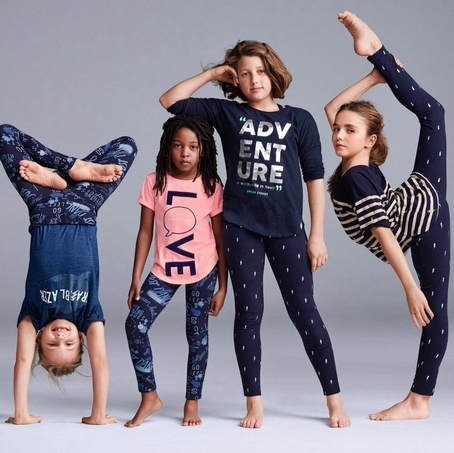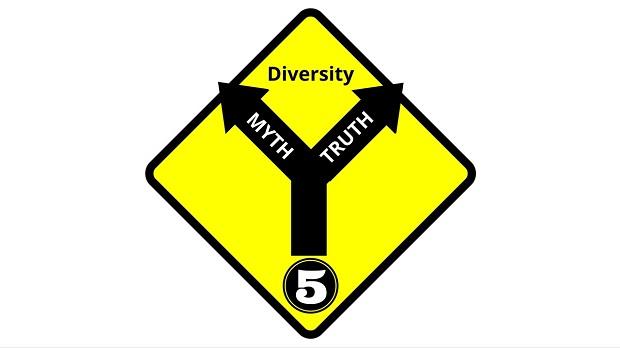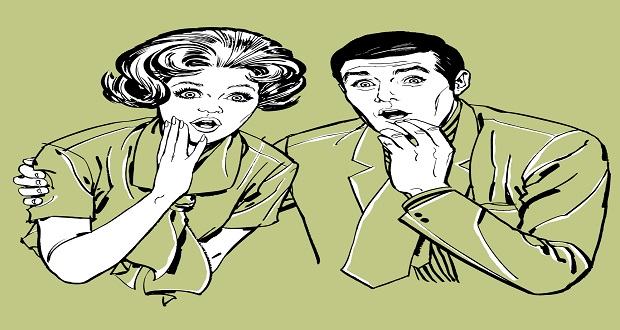Read the counterpoint to this post here.
Earlier this week, clothing retailer Gap, apologized for a photo used in an ad that some critics called passively racist and insensitive. The original photo pictured four young girls, 3 white and 1 black, from Le Petit Cirque, the only all-kid humanitarian cirque company in the world. Awkwardly enough, the lone black girl is posed as an armrest for one of the other girls. The photo was tweeted with the caption, “meet the kids who are proving that girls can do anything.”
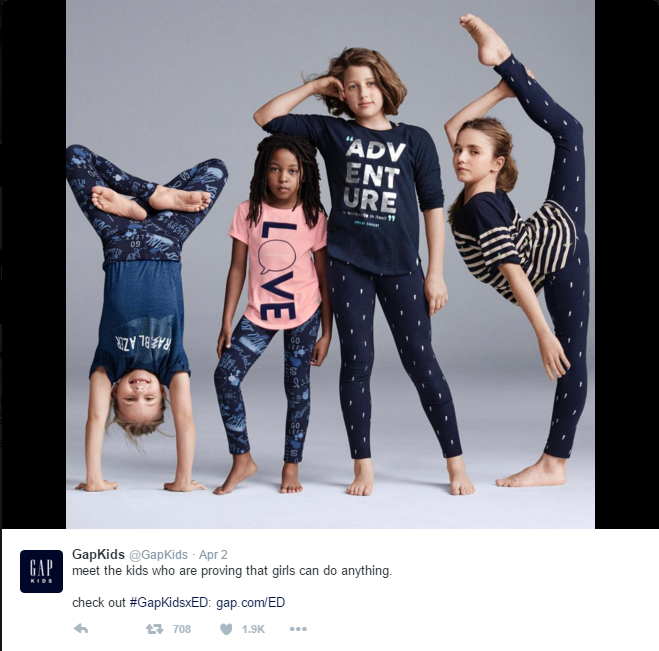
While the intended message of the ad was that of empowerment, many critics felt it positioned the black girl as a prop and further perpetuated the historic invisibility and subordination of women of color in “mainstream” feminist or women’s empowerment movements.
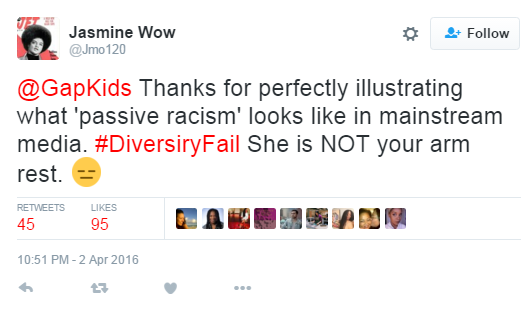

Others thought the ad was innocent, and perceived the backlash as an overreaction. And some used the opportunity to spark debate and dialogue.
Does the @GapKids pic on the left make the pic on the right okay? Let's debate pic.twitter.com/rCFbK4uG5y
— Matthew A. Cherry (@MatthewACherry) April 3, 2016
If you ask me, the photograph is uncomfortable, at best. And, yes, the imagery does have oppressive undertones. The criticisms around this ad have a lot to do with racial, historical context. We cannot overlook the fact that, in the media and throughout history, black people have been positioned and viewed as “less than.” Black women, especially, have been left at the margins of black liberation and women’s movements. Today, women of color still experience feeling invisible and ignored in many gender diversity efforts. As a result, there are some underlying sensitivities there.
When I look at that photo, I am reminded of Sojourner Truth historical inquiry, “Ain’t I a Woman?” In an ad that suggests girls can do it all, what message does this really send to those who are black and brown?
When advertising gaffe’s like this happen, I am always curious of who made the final call, gave the “green light,” thought this could really be a “win.” I think Kirsten West Savali of The Root makes a valid point: “This Gap ad is what happens when black faces appear but no black voices are at the table.” I’d add, this is also what happens when we strive for “diversity & inclusion” without truly fostering cultural competence.
Read the counterpoint to this post here.

